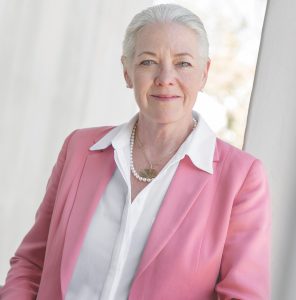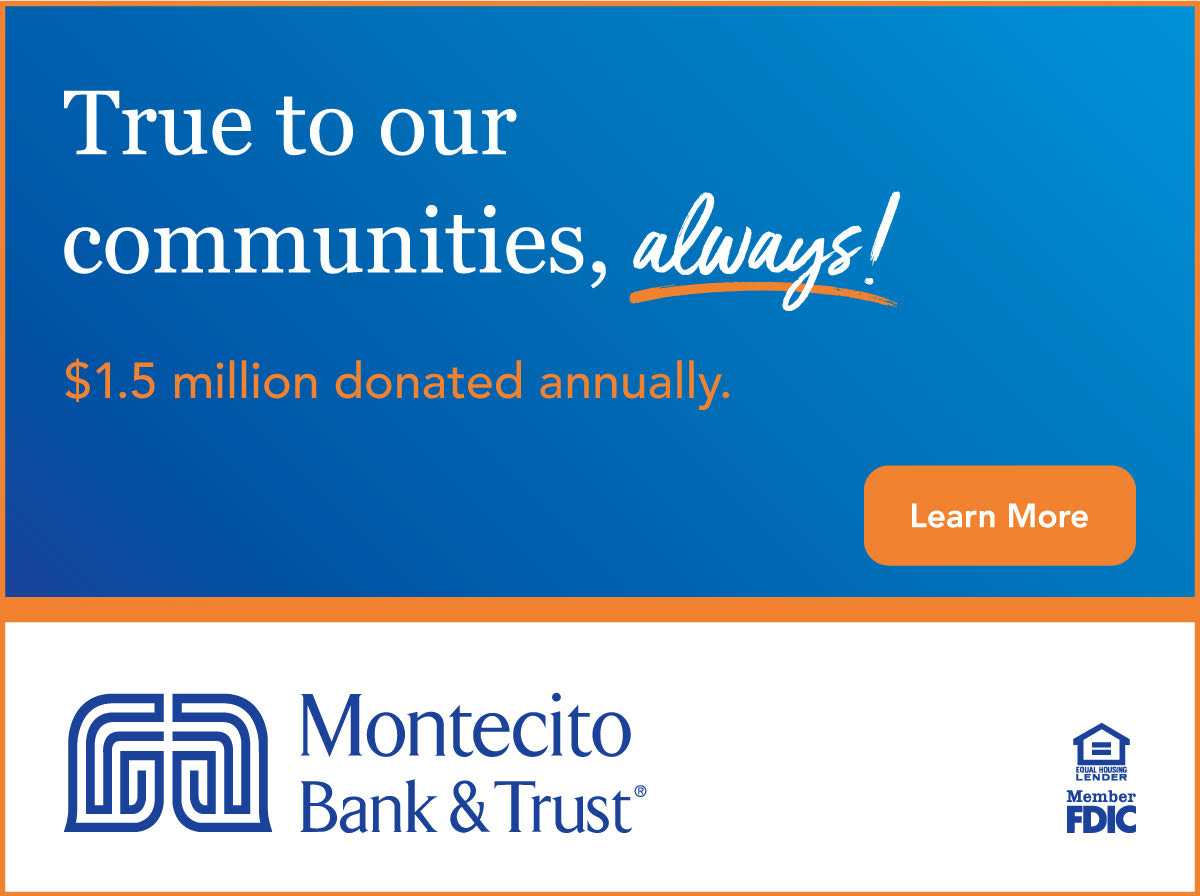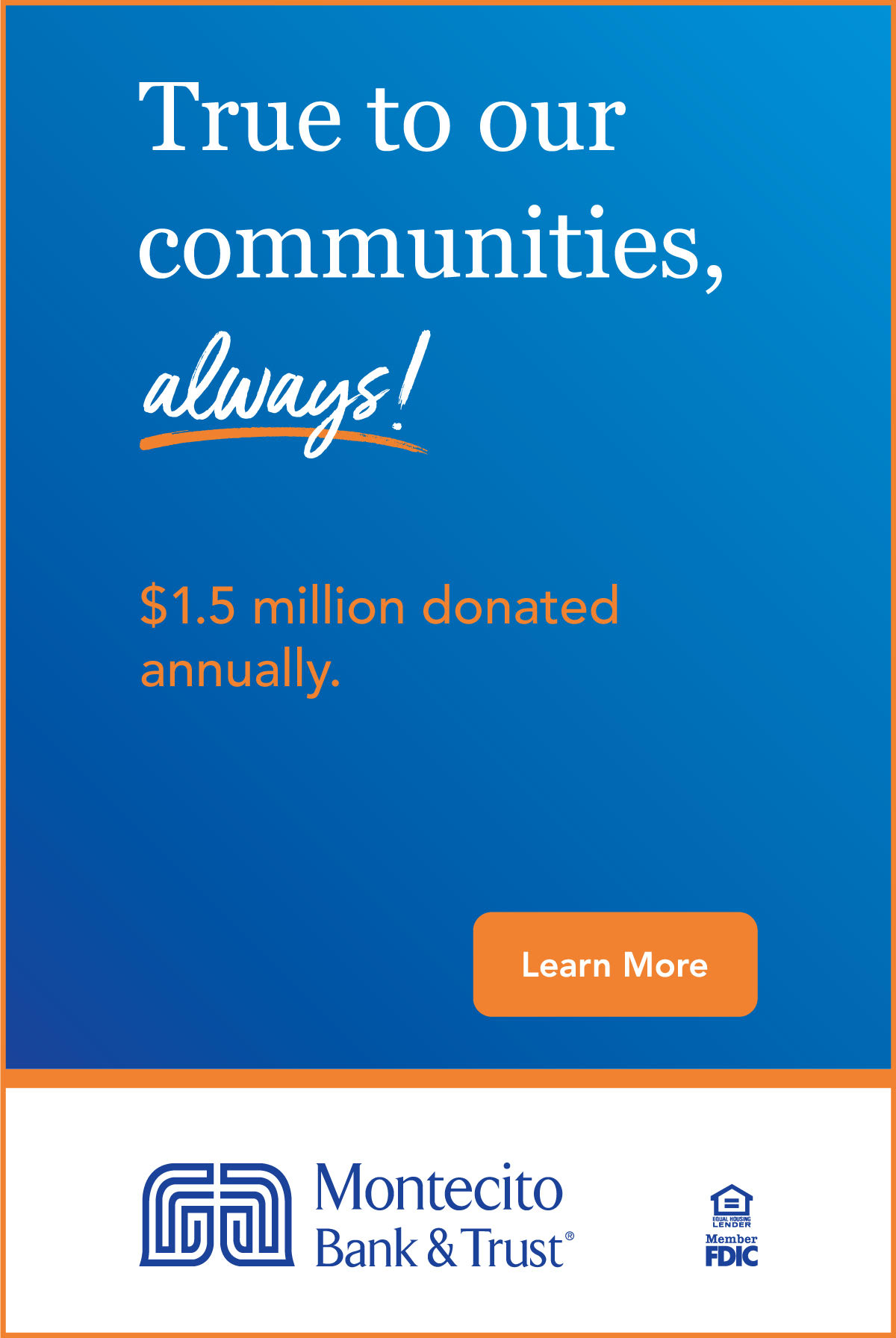A Strong Family Tradition of Giving Back

When Ginger Salazar, along with her husband and four children, moved back to Santa Barbara 16 years ago, she was blown away by the strong tradition of philanthropy and giving in this community. She was not, however, surprised by it. After all, it was this community’s willingness to invest in her once upon a time that gave Salazar a critical boost to pursue her own personal dreams.
By her own description, Salazar had a middle-class upbringing in Lompoc, California, where her dad served as mayor and coached her brother’s baseball team. “My parents carried from their parents a strong tradition of giving back to the community. And I think that impressed upon me the importance and the ability of all of us to be philanthropists. Because if you want to create social impact, it’s just about making the world a better place; and the world can be your school, your church community, your town, and expand from there.”
Salazar’s mother also came from a robust tradition of community service, dating back to her childhood in New Mexico where her dad not only cooked for the Santa Fe Railroad, but also for his own family as well as multiple neighbors who didn’t have food security.
“I observed my grandparents continue to give back until the day they died,” Salazar says. “They weren’t writing checks to endow this or that. They just gave of themselves, they gave of their time, they gave what they had, they gave their talents, and to me that’s the basis of philanthropy. It’s just giving to make a positive difference.”
The modelling of giving back continued in Salazar’s own family where she says dinner table conversations and car rides were the scene of many family conversations about the world’s challenges. A place to brainstorm with their kids on ways to fix some of the world’s many problems.
“We’ve had lots of those conversations, based on what we read in the news or what’s going on at school, and I think that our kids saw that they can have an impact by just being creative and then going out and making it happen, and we’ve always supported them in that, and encouraged them.”
According to Salazar, many of those dinner table conversations focused on the mental health crisis and on criminal justice reform. She says that her family’s close work with former Santa Barbara Fire Chief Pat McElroy has heightened their awareness of the trauma our first responders face daily in their work.
Salazar points to her daughter Grace’s recent internship with 911 At Ease International during her gap year (prior to entering Stanford this fall) as an example of where these conversations lead. 911 At Ease is a local nonprofit founded by Mike McGrew that is now expanding nationally; their focus is providing mental health support to first responders.
Salazar says she chooses where to put her time based mostly on areas of personal interest and where she can have real impact. For her, education is one of those areas – not surprising since it was in part through a scholarship from the Santa Barbara Foundation, in collaboration with the Scholarship Foundation of Santa Barbara, that Salazar was able to piece together her own tuition to attend Stanford University. A gift that came full circle when Salazar served on the Scholarship Foundation of Santa Barbara Board and then joined the SB Foundation Board in January 2021.
“Santa Barbara invested in me when I went off to college. That check I got from the Santa Barbara Foundation was critical to helping me be able to go on and pursue my dreams. A bunch of people that I didn’t know, that didn’t know me, saw something in me and invested in me. And that’s a pretty powerful thing; that motivated me to want to be able to do that for someone else, if I had the capacity.”
And now that she does, she is doing just that. “I know our education system is somewhat broken; I can’t fix that. But what I can do is give a scholarship to a student who’s working really hard and help them go on to get a higher education. And then they will be in a place to be a stronger contributing member of our community.”
Another area in which Salazar’s interest has deepened as her understanding and awareness has increased is the crisis in mental health. In 2020, in the early days of COVID-19, she joined the Cottage Hospital Board of Trustees, where she sits on the Population Health Committee, which focuses on understanding and addressing community health issues. She also sits on the Towbes Foundation Board, which likewise focuses a great deal on issues around mental health.
“Cottage is one of the best run organizations I have been associated with, in both the not for profit and the private sector worlds. They create public/private/nonprofit collaborations regularly for the benefit of our community bringing together their team, private donors, and local government to advance better health outcomes for Santa Barbara County,” Salazar says.
Public/private partnerships are something that Salazar not only appreciates but knows quite a bit about. Shortly after graduating Stanford and a stint as a brand manager at Procter & Gamble, Salazar, along with her husband, Brett Matthews, founded Imagitas, a forward-thinking marketing firm that partnered with the U.S. Postal Service. They created a booklet and online service for people who were moving, triggered by “change of address” forms they submitted. The booklets had coupons on moving related goods and services and they shared revenue with the Postal Service. According to Salazar, the venture not only saved the Postal Service millions of dollars, but generated hundreds of millions of dollars in shared advertising revenue. Imagitas’ work was awarded the Hammer Award by Vice President Al Gore for reinventing government. The company’s success allowed Salazar and Matthews to sell the company 16 years ago, making it possible for Salazar to spend more time supporting the kind of nonprofit work that helped launch her in the first place.
“Diversity of thinking is a good thing. At Imagitas we witnessed the power of merging the distinct thinking, problem solving styles, capacity, assets, and experience sets of the public and private sectors. By partnering, we were able to create better products and services for citizens, save the Postal Service millions of dollars on top of generating revenue for them, and build a healthy company where our employees shared in our business success. It was a win-win-win.”
Understanding the power of public/private partnerships has greatly impacted Salazar’s philanthropic work. “The government can’t do it alone. But when you bring all the parties to the table, you can accomplish things that you could never accomplish on your own,” she says.
According to Salazar, the Santa Barbara Foundation is trending toward doing more with the public/private partnership model to tremendous community benefit. They worked with the city and private donors to award much needed COVID business grants and are engaging in many other collaborations.
Salazar points to the building of the Lompoc Community Track and Field, one of her major philanthropic endeavors over the past five years where she put in “time, treasure, and talent,” as a shining example of a public/private partnership that went well beyond board work. For Salazar this was a true passion project that aligned her interests in health and giving back to the community that gave her so much.
“Our country has a lot of problems. We have so many underlying strengths, but we have a lot of challenges that the government cannot fix by themselves. And so, if people with resources, time, talent, treasure, don’t engage, things can’t get better. We don’t live in silos, we don’t live on islands, we live in communities, and your community is only as strong as its weakest link. So, it’s in all of our interests to figure out how we can strengthen our communities.”
In the most positive sense of the expression “what goes around comes around,” the philanthropic work Ginger Salazar does today is evidence of the multiplicative effect when a community strategically invests in itself.


